- Some of us even brought in our own books about the Solar System
- My Very Easy Method Just Speeds Up Naming….planets!
- We changed our group names to those of the planets this month.
- We learned facts about the planets of the Solar System
- We wrote these facts on fact cards
- We put these fact cards on our Notice Board
- Everyone can now read about the planets
- We used torn pieces of coloured paper to collage the planets of the Solar System.
- We made sure that our planets were in the correct order from the sun.
- We created a wall of planets outside our classroom.
- The theme for our Notice Board is the Solar System
This month the pupils of First and Second Class have been learning a lot about Space and the Solar System. We have really enjoyed finding out about the different planets in The Milky Way. It was interesting to explore how the eight planets are similar and how they are different. We learned lots of facts about each of the planets. We learned
- There are only 8 planets. Pluto is no longer considered a planet. It is known as a dwarf planet.
- The sun is not a planet. It is a star.
- All of the planets orbit around the sun at different speeds.
- The first four planets are known as the Inner Solar System.
- The next four planets are called the Outer Solar System.
- The Inner and Outer Solar System are separated by the Asteroid Belt.
- Jupiter is the largest planet.
- Mars is known as the Red Planet.
- Uranus is the coldest planet even though it is not the farthest from the sun.
- Mercury is the nearest to the sun. It is a ball of iron and it takes only 88 days to orbit the sun.
- The orbit of Neptune takes 165 years.
- Venus is the nearest in size to the Earth but it spins the opposite way. There is no water on Venus.
- The rings of Saturn are made of ice.
- The rings Uranus are made of dust.
Many of the pupils researched more facts for us all to discuss over the course of the lessons.
During our study of the Solar System we learned the Solar System song and the Planet Song. You can watch them below. We hope you like them as much as we do.
Later in the week, we used the Solar System as the basis for our Visual Art lesson. Using torn pieces of coloured paper, we collaged the eight planets. We referred to what we had learned about the colours of the planets before we began our work. We then cut our the planets and arranged them on the correct orbit around the sun. We are very proud of the end results. They look very impressive on our Notice Board outside our classroom. We also included some of the facts that we learned about each planet with the display to educate others on the Milky Way.
This week we moved on a bit in the study of the Solar System and we are focusing on the Moon and the Space Race between America and Russia. We learned that;
- The first creature in space was a monkey.
- The first dog in space was a Russian dog called Liaka.
- The first man in space was a Russian Cosmonaut called Yuri Gagarin.
- The Americans won the race to the moon, when on the 20th of July 1969, astronaut, Neil Armstrong took the first steps on the earth’s satellite.
- When he landed, Neil Armstrong said “That’s one small step for man, one giant leap for mankind!”.
- Buzz Aldrin accompanied Armstrong on the moon.
- Michael Collins stayed on the rocket.
- Millions of people all over the world watched the moon landing, live on their televisions.
You can watch the moon landing here.
https://www.youtube.com/watch?v=jd0C8HuGOHM



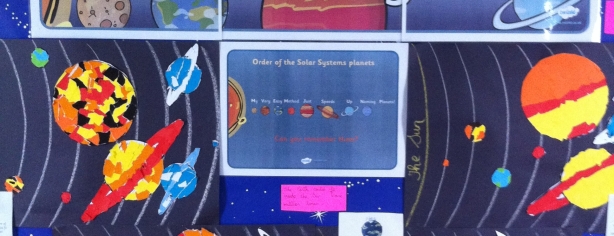


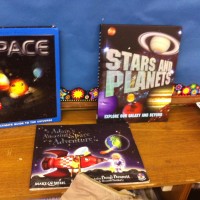
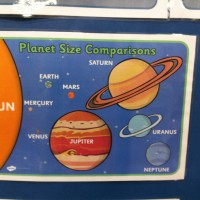
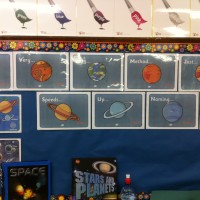
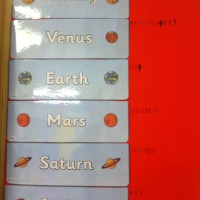
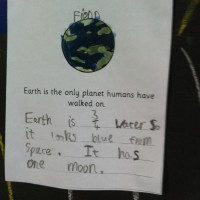
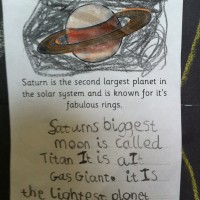
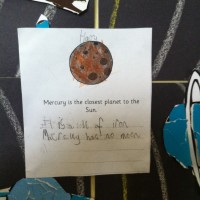
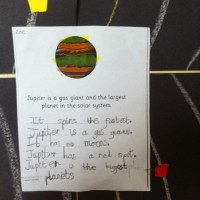
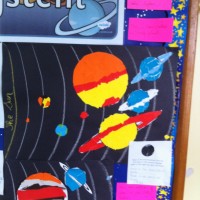
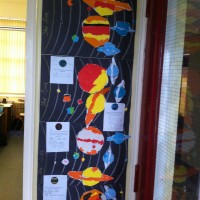
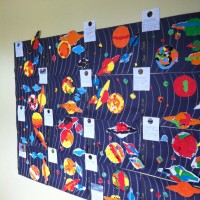
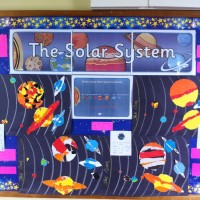






Leave a Reply